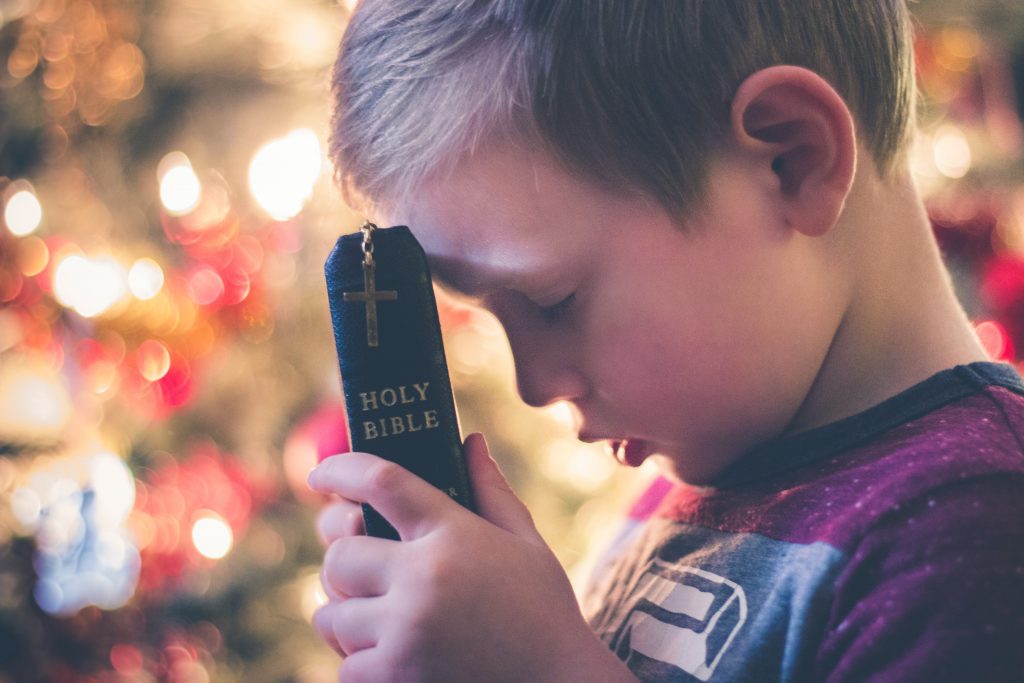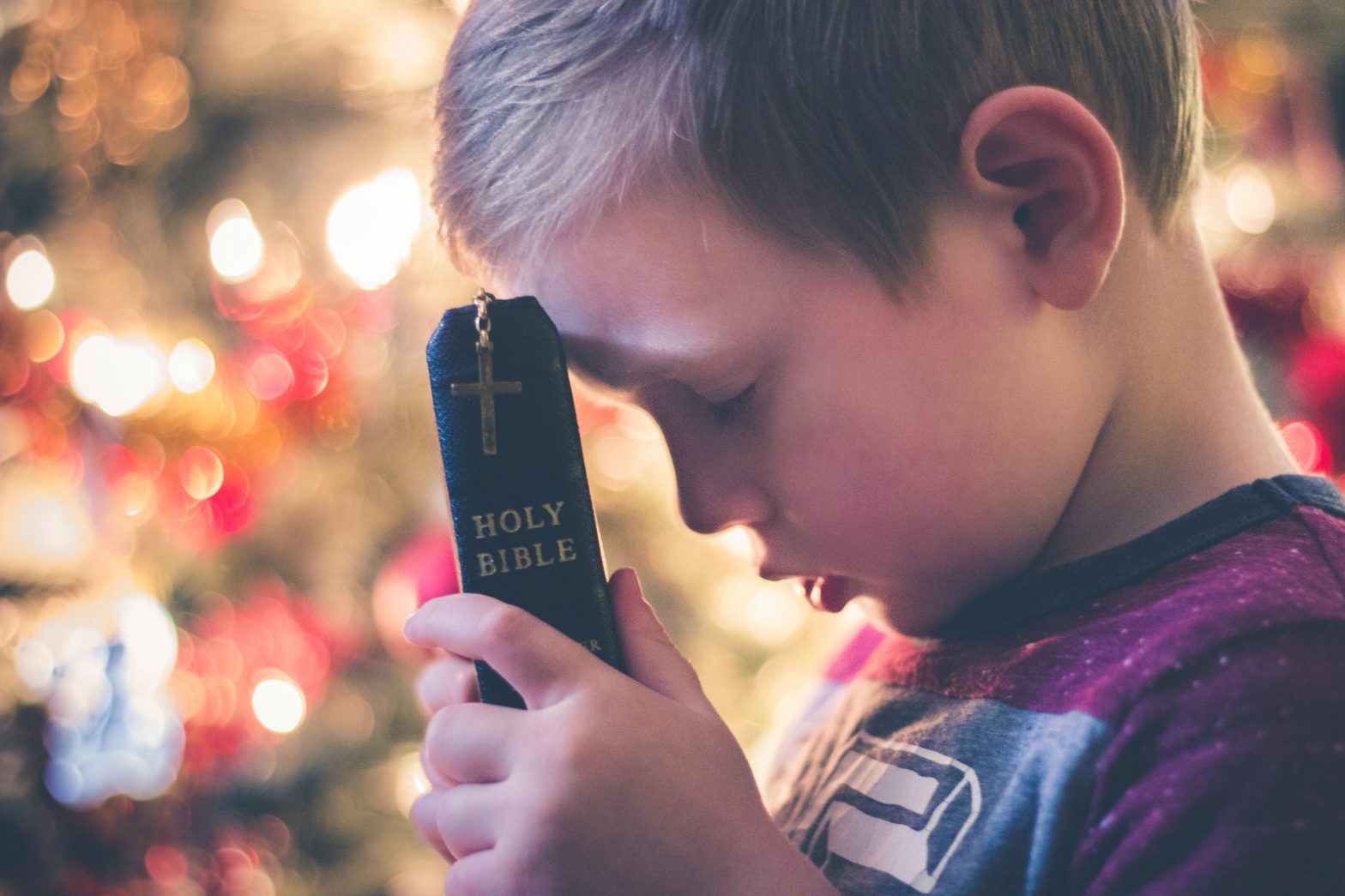
Place
While no restriction is suggested at any period (cf. e.g. Genesis 24:12-13, Jonah 2:1, Psalms 42:6; Psalms 61:2, Daniel 6:10, Luke 6:12, Acts 16:24-25; Acts 21:6 ), and is disclaimed by Christ in view of true worship ( John 4:21-23 ), yet naturally specific worship-centers were regarded as appropriate: thus in early times Shiloh, where the ark rested ( 1 Samuel 1:9-10 ), Mizpah( 1 Samuel 7:5 ), Gibeon ( 1 Kings 3:4 ff.). But, later, the Temple was the place where ( Isaiah 37:14 ff; Isaiah 56:7 ) or (in absence) ‘toward’ which prayer was offered ( 1 Kings 8:29-30 etc., Psalms 28:2, Daniel 6:10, 1Es 4:56 ).
Synagogues afforded, in later times, local prayer-centers. Where there was no synagogue, a spot outside the town was chosen, near some stream, for hand-washing before prayer ( Acts 16:13; Acts 16:16 ). In the NT we find Apostles going to the Temple ( Acts 3:1 ); and St. Paul attended the synagogue on his mission journeys ( Acts 17:1-2 ).
Distinctively Christian worship was held in ordinary buildings ( Acts 1:13-14; Acts 4:23; Acts 12:12, Colossians 4:15 ) a practice made natural by Jewish arrangements for private prayer ( Daniel 6:10, Matthew 6:8, Acts 10:9; Acts 10:30 ) or for Passover celebration ( Matthew 26:16 ). Ostentatious praying at street corners is discouraged by Christ ( Matthew 6:5 ).
Time
It became a custom to pray thrice daily, i.e. at the 3rd, 6th, and 9th hours (cf. Psalms 55:17 [may mean ‘all day long’], Daniel 6:10, Acts 3:1; Acts 10:9; Acts 10:30; cf. Acts 2:15; Acts 1:1-26 ). For instances of ‘grace before meat,’ cf. 1 Samuel 9:13, Matthew 15:35, Acts 27:35, and the Paschal meal.
Circumstance
(1) Attitude:
( a ) standing ( e.g. Genesis 18:22, 1 Samuel 1:26, Nehemiah 9:5, Mark 11:25, Luke 18:11; Luke 18:13 [the usual Jewish mode, not followed by early Christian Church save on Sundays and the days between Easter and Whitsun]);
( b ) kneeling ( Psalms 95:6, Isa 45:23, 1 Kings 8:54, Ezra 9:6, Daniel 6:10, Luke 22:41, Acts 7:60; Acts 9:40; Acts 20:35; Acts 21:5, Ephesians 3:14 );
( c ) prostrate, face to ground ( Exodus 34:6, Nehemiah 8:6, Matthew 26:39 ); face between knees ( 1 Kings 18:42, Psalms 35:13);
( d ) sitting ( 2 Samuel 7:18 );
( e ) hands uplifted ( Psalms 28:2; Psalms 63:4; Psalms 134:2, Lamentations 2:19; Lamentations 3:41, 1 Timothy 2:3 ) or extended [symbol of reception from God?] ( Exo 9:20, 1 Kings 8:22, Isaiah 1:16 , Ezra 9:5, Psalms 77:2 ).
(2) Forms of prayer:
( a ) formula ( Deuteronomy 21:7-8; Deuteronomy 26:5-15 );
( b ) the Lord’s Prayer;
( c ) allusion to the Baptist’s ( Luke 11:1 );
( d ) Christ’s repeated prayer ( Matthew 26:44 );
( e ) allusion to ‘vain repetitions’ or ‘battology’ ( Matthew 6:7 ).
(3) Incense. The OT word sometimes means merely the smoke from a sacrifice. Real incense was (certainly in later OT period) in use at sacrificial ceremonies, with which prayer was probably always associated (cf. Genesis 12:6 ). Incense typifies prayer ( Psalms 141:2; cf. Jeremiah 11:12, Malachi 1:11, Luke 1:10, Revelation 5:8; Revelation 8:3-4 ).
(4) Fasting. Being appropriate for times of solicitude and sorrow, fasting naturally became associated with prayer ( Psalms 35:13 ), especially after the Exile ( Nehemiah 1:4, Daniel 9:3; cf. Luke 2:37 ), and was continued in the Christian Church ( Acts 13:3; Acts 14:23, Matthew 9:16 ). The following AV [Note: Authorized Version.] allusions to fasting coupled with prayer are absent from RV [Note: Revised Version.] (but see RVm [Note: Revised Version margin.] ): Matthew 17:21, Mark 9:29, Acts 10:30, 1 Corinthians 7:5.
